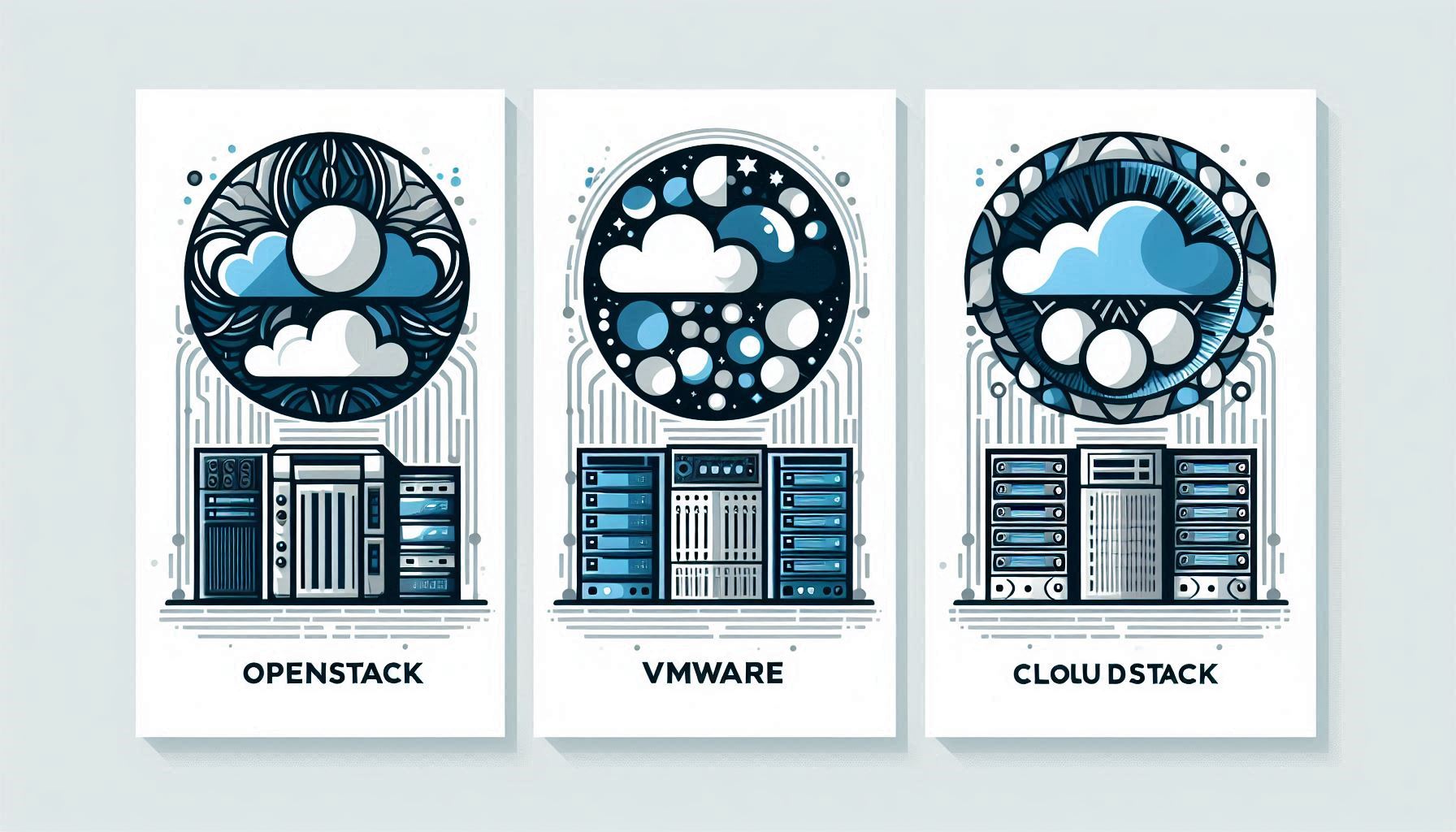The advent of cloud services has opened up several new exciting business opportunities around the world. Data centres, regional telecommunication companies, ISPs and VPSs are seriously exploring expanding their existing businesses by layering a public cloud approach and through it offering their customers city specific, regional specific or even multi-country specific public cloud services.
However deciding which the right cloud architecture to go with can be challenging. Having the right technology stack that fits best depending on your business use case is what this article is all about.
Technology Imperatives for Public Cloud
While setting up a public cloud, IT leaders need to consider several factors viz hardware requirements, networking and storage management, virtualization, orchestration and, of course, a business layer for being able to seamlessly manage the entire spectrum of cloud management from billing, to marketplace to operations to intelligence.
Over the last few years, several technology platforms have emerged on the scene. We are restricting our discussion to three of the most commonly used cloud orchestration technologies: OpenStack, VMware, and CloudStack. This blog aims to compare the pros and cons of all these three technologies and help you choose the best one.
Also Read – CloudStack vs. OpenStack: A Showdown for Simplicity and Speed
The critical parameters over which we will evaluate the three technologies are features, key benefits, ease of use, deployment, and the difference between them.
VMware:
VMware is often credited with being the pioneer of virtualization, which is the base of cloud computing. It is the preferred technology platform in the enterprise segment and a clear leader when it comes to cloud computing systems.
OpenStack
OpenStack is a free, open source cloud computing platform. It is the most popular choice in IT and cloud management. It is mostly deployed as an IaaS given that the platform consists of interrelated components that are multi-vendor by nature.
Along with the standard features, the OpenStack system has additional components (or modules) that help the users with fault management, service management, and other services to ensure the high availability of user applications.
CloudStack
Maintained by the Apache foundation, CloudStack is an open-source infrastructure orchestrator. Unlike OpenStack, CloudStack is a more packaged solution which can be used by enterprises and service provider, businesses alike, to offer public, private and hybrid cloud services.
Also Read – VMware Exodus: 5 Reasons Why Apache CloudStack is the Superior Cloud Management Choice
CloudStack also lets the system administrators release and manage large networks of VMs that can run several hypervisors such as VMware, KVM, and Microsoft Hyper-V.
Comparative Analysis
| VMware | OpenStack | CloudStack | |
| Stack Components | Proprietary | Open Source | Open Source |
| Vendor Lock-in | High | Medium | Low |
| TCO | High | Medium | Low |
| Support | SLA-driven | SLA-driven | SLA-driven |
| End-customer Pricing Benefit | Low | Medium | High |
| Fully Integrated Business Solution | Yes | No | Yes |
| Hardware Requirement | Specialised | Flexible | Flexible |
| Ease of Deployment | Being a standardised system it is fairly easy to deploy | Relatively difficult to deploy given that it is a modular system with many inter-locking components | Easy to deploy as it is a compact and packaged offering |
| Support | Extensive and proprietary | User-driven community but large vendor interest | User-driven community |
| Operations | Given the fact that VMware is an industry standard and popular, there are a lot of specialists and consultants available resulting in easy operations. However the flip side is that operational expenses are higher compared to other platforms. | While it is easy to find OpenStack resources, it does require heavy investment in terms of manpower, largely on account of the fact that it is multi-vendor based and hence the complexity of operations becomes manifold. | This is by far the simplest platform to set up and implement. The operational complexity is limited and resource requirement usually does not require more than a small team of 2-3 resources to manage the entire stack. |
Conclusion
In today’s dynamic world, flexibility of operations has become a critical aspect. Proprietary systems unfortunately do not provide the level of flexibility that real world businesses need. Add to this the much higher cost of ownership makes VMware a difficult choice to recommend for those looking for a public cloud offering.
Also Read – Understanding The Basics and Principles Behind Cloud Orchestration
Which brings most of the discussion around to two open source technology solutions – OpenStack and Apache CloudStack. Between the two, the community play in CloudStack is vastly superior to OpenStack. This is so because CloudStack is a 100% user-driven community, driven by real world problems by actual users whereas OpenStack is largely vendor-backed, which could possibly have vested commercial interests in the way the community engages, interacts and solves problems.
The second important point to consider between the two is that CloudStack is, at the end of the day, far simpler to set up and maintain. A smaller team (read lower costs) can manage the entire CloudStack whereas OpenStack requires a module-based approach which, in turn, requires distinct administration and management all of which increases the actual cost.
Like with any other multiple technology options that are available today, the key is determining your business needs and the needs of your customers and then deciding what works best for you.
In such a situation, it’s a good idea to engage with an experienced IT consultant like Apiculus in the decision-making process.

